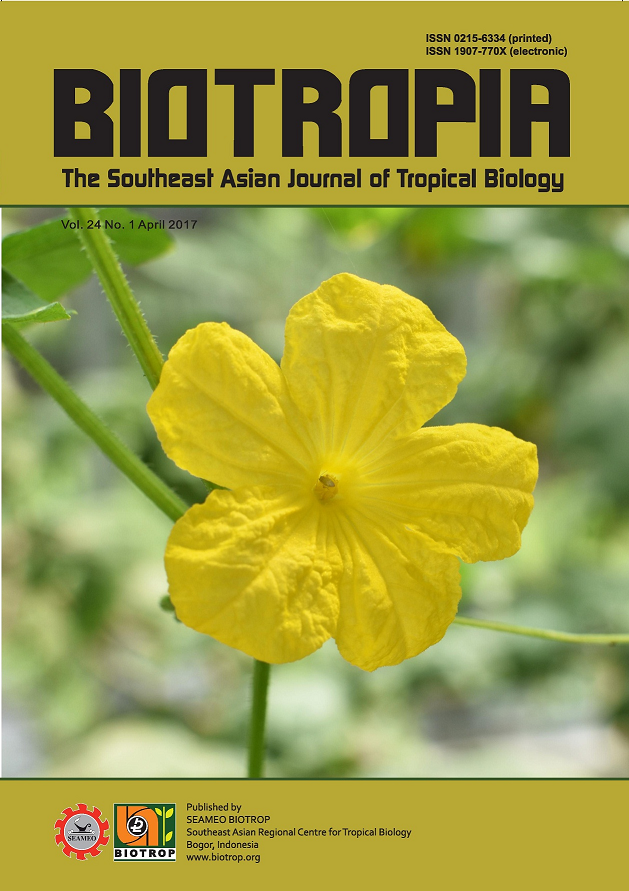
Tags
ECOLOGICAL SERVICES OF AGROFORESTRY LANDSCAPES IN SELECTED WATERSHED AREAS IN THE PHILIPPINES AND INDONESIA
Content Language : English

This article argues that the practice of agroforestry provides ecological contributions to the smallholder farmers cultivating in the watershed areas. Specifically, this farming system provides contribution to carbon sequestration potential of the woody perennials and the biodiversity conservation of the other components of the system. This argument is based on the research conducted in Molawin-Dampalit Sub-Watershed, Mt. Makiling Forest Reserve in the Philippines and Way Betung Watershed in Indonesia. The research involved an interview session of 106 and 261 smallholder farmers and an assessment of 27 and 14 agroforesty plots for carbon stock assessment and biodiversity assessment, respectively. Results indicated that the total carbon found among the crop components was 52.32 MgC/ha in Molawin-Dampalit Sub-Watershed and 244.26 MgC/ha in Way Betung Watershed, which suggested the high carbon sequestration potential of the woody perennials and understory crops in an agroforestry system. The farm lots being cultivated by the smallholder farmers were found to contribute to biodiversity conservation having a moderate biodiversity index of 2.59 and 2.53, respectively. With these findings, promotion of desired agroforestry systems in suitable portions of the watershed areas should be intensified and heightened to contribute to ecological balance across the landscape. Agroforestry should always be an integral part of all initiatives toward ecological restoration with the cultivators/smallholder farmers as potential partners. The agroforestry system should consider all the technical and socioeconomic considerations toward having diverse components and ensure food security among the smallholder farmers throughout the year.
Link

This work is licensed under a Creative Commons Attribution-NonCommercial-NoDerivatives 4.0 International License.
